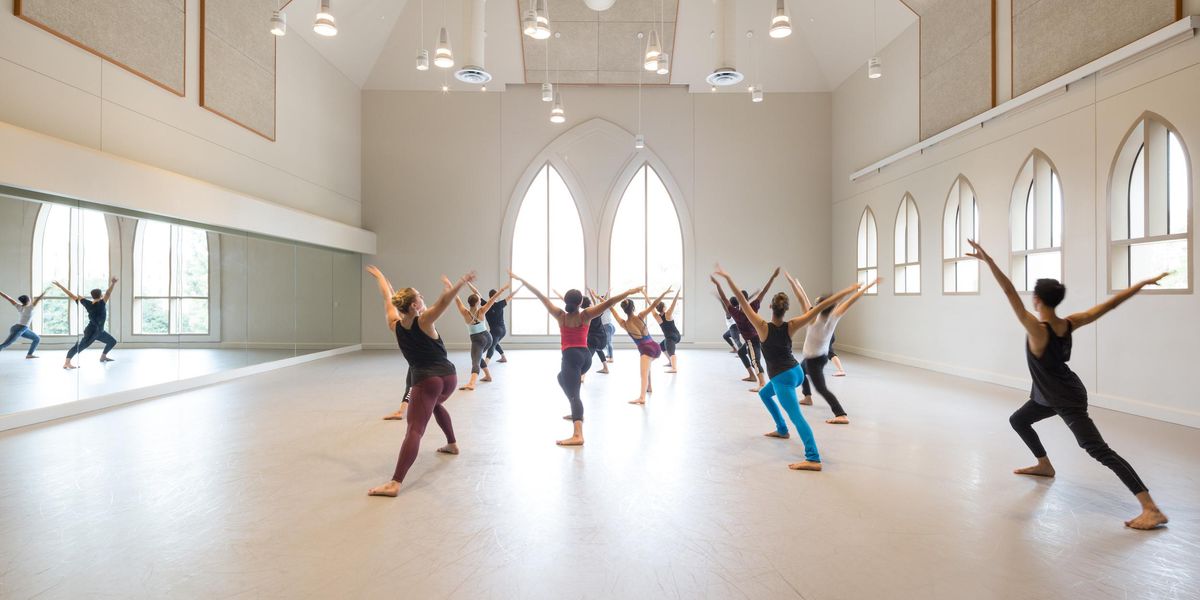Love at Second Sight
Sometimes you see a ballet that you love right away but can’t remember why. The second time you see it, you know your way around it better and can savor the good parts. I had a brief glowing memory of Christopher Wheeldon’s new ballet for San Francisco Ballet called Within the Golden Hour when I saw it in California last April, but it wasn’t until last night at City Center that I could even begin to describe the parts that add up to a lingering sum.
I love the shimmer of the costumes and the haunting sound of the very first strings of Ezio Bosso’s score (there’s additional music by Vivaldi). This dance is one of the most mysterious I’ve ever seen of Wheeldon’s, and yet its completely coherent, all of a piece. It begins with two men almost clinging to the floor, and their crab walk reappears throughout the piece. I love how low the men are and how weightless the women are. There’s a repeated lift where the woman is a bit crumpled at the legs and arms and then pushes out, elongating herself on both ends, like a slowmo version of Martha Graham’s “sparkle” jumps, but she’s upside down and floating.
I had remembered only one duet—the mesmerizing middle one with Sarah Van Patten and Pierre-François Vilanoba. But there are three, and they are all fantastic. The first is a playful one between Katita Waldo and Damian Smith, which has a moment-to-moment inventiveness that you watching. The music here is plucked strings—I don’t know if that’s from the Bosso or the Vivaldi (I’ll have to see it a third time to know that). Waldo is completely relaxed and gorgeous in it.
The second duet (the one I remembered) has Wheeldon’s special beautiful/awkward touch. It’s slow and mesmerizing and knotty and close to the floor and almost funny. The third is danced by Maria Kotchetkova, a small extravagant Russian dancer, with Joan Boada, and she undulates her upper body beautifully. In one duet—maybe this one—the guy is sitting and holding her standing leg down while she stretches out into space, curving her upper body like an ocean wave. It’s sooo beautiful. Golden Hour is filled with moments like that.
In addition to the duets, there’s a quiet section for four women in profile, crossing from one side of the stage to another, stepping boldly on pointe while thrusting the chest out each time. It looks simultaneously proud and vulnerable.
The ending is terrific. All seven couples, peeling into the space one at a time, do a side-to-side move that I can only describe as churning, with each partner going seemingly opposite ways as though they are taking opposite ends of a churning paddle. It’s looks like fun but also somehow enchanting, like they are spinning flax into gold—from flax hour to Golden Hour.
As I was writing this blog, I happened to receive a particularly apt quote from a friend. It perfectly fits this idea about needing a second time to remember something beautiful, so that I offer it to you here (thanks Irene):
“At one time I was interested in bird-watching, and I noticed that when I saw a bird for the first time I couldn’t really see it, because I had no formal arrangement, no sense of pattern for it. I couldn’t remember it clearly, either. But once I identified the bird, the drawings in bird books and my own sense of order arranged the image and made it clearer to me, and I never forgot it….From then on I could see the bird in two ways—as the fresh, unpatterned vision and the patterned one.” —from Harold Brodkey’s memoir of his dying, This Wild Darkness




